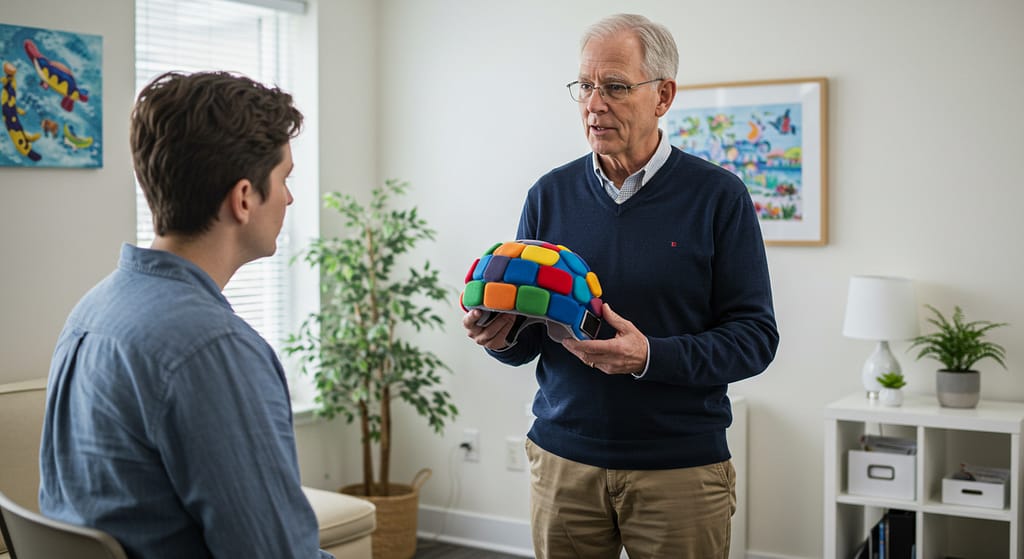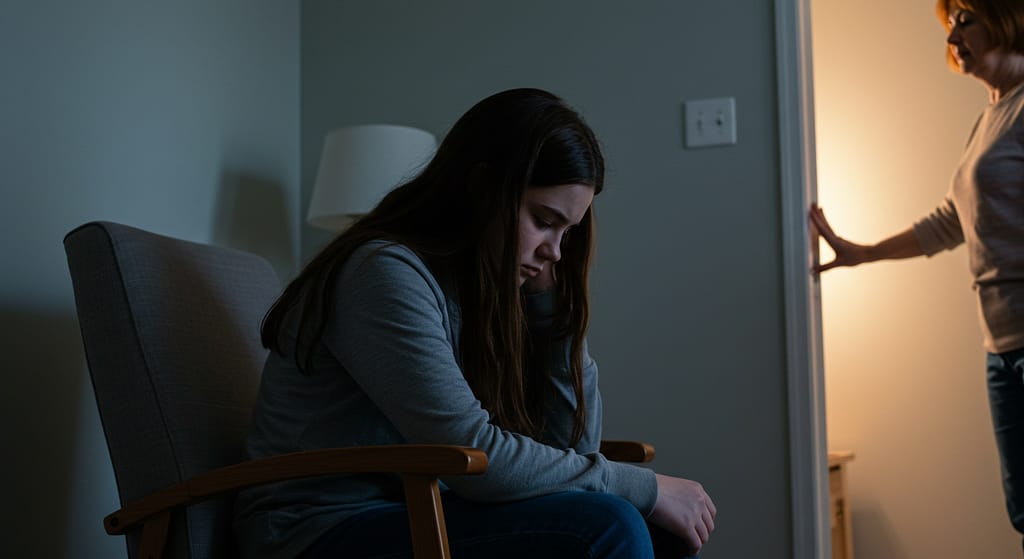Understanding Head-Banging: What’s Normal and What’s Not
Head-banging in young children—especially toddlers—is surprisingly common and often alarming to caregivers. It can be deeply unsettling to watch your child repeatedly hit their head against hard surfaces like walls, cribs, or floors. However, in many cases, this behavior is part of normal development and not necessarily a cause for immediate concern.
Children often use head-banging to self-soothe, release frustration, or stimulate their senses. These actions may increase during times of stress, fatigue, or illness. For many, it’s a temporary phase that fades as communication and emotional regulation improve.

When to Stay Calm and When to Intervene
While it may be tempting to react immediately, overreacting can reinforce the behavior—especially if your child learns it gets your attention. Instead, try to remain calm. In some situations, ignoring the behavior is best, especially if it’s mild and infrequent.
However, if your child regularly and forcefully hits their head, it’s time to document the frequency, intensity, and triggers. This behavior may indicate deeper concerns, such as:
- Developmental delays
- Sensory processing issues
- Autism spectrum disorder
In such cases, consult your pediatrician. They may recommend a behavioral assessment and possibly the use of protective tools like padded helmets to prevent injury.

Warning Signs That Require Immediate Attention
Though most kids outgrow head-banging by age 4, in some cases, it can persist or evolve into other forms of self-harm as they age. These can include:
- Hair pulling
- Cutting or burning
- Isolating behaviors
- Withdrawing from communication
If these behaviors appear, do not delay in seeking professional help. They may be signs of depression, anxiety, or other mental health disorders. Teens, in particular, may hide these actions due to shame or to fit in with peer groups struggling with similar challenges.

Supporting Healthy Coping Mechanisms
The best approach is to teach children healthier ways to manage frustration and anxiety. While this is easier said than done, start small:
- Use calm language during stressful moments.
- Offer a safe physical outlet like a stress ball or cozy blanket.
- Encourage verbal expression by helping your child name their feelings.
If you’re unsure how to implement these strategies, a licensed mental health therapist or child behavioral specialist can walk you through it. They’ll help you and your child develop tools that replace head-banging with constructive behaviors.

You’re Not Alone—Reach Out for Help
Watching your child hurt themselves can feel heartbreaking and overwhelming. But you are not alone. There are mental health resources, online and local support groups, and experienced pediatric professionals who are ready to help you.
Don’t hesitate to speak with your child’s doctor or reach out to mental health services for guidance. Remember: early intervention leads to better outcomes. With your support, your child can learn to manage their emotions in safe, healthy ways.


